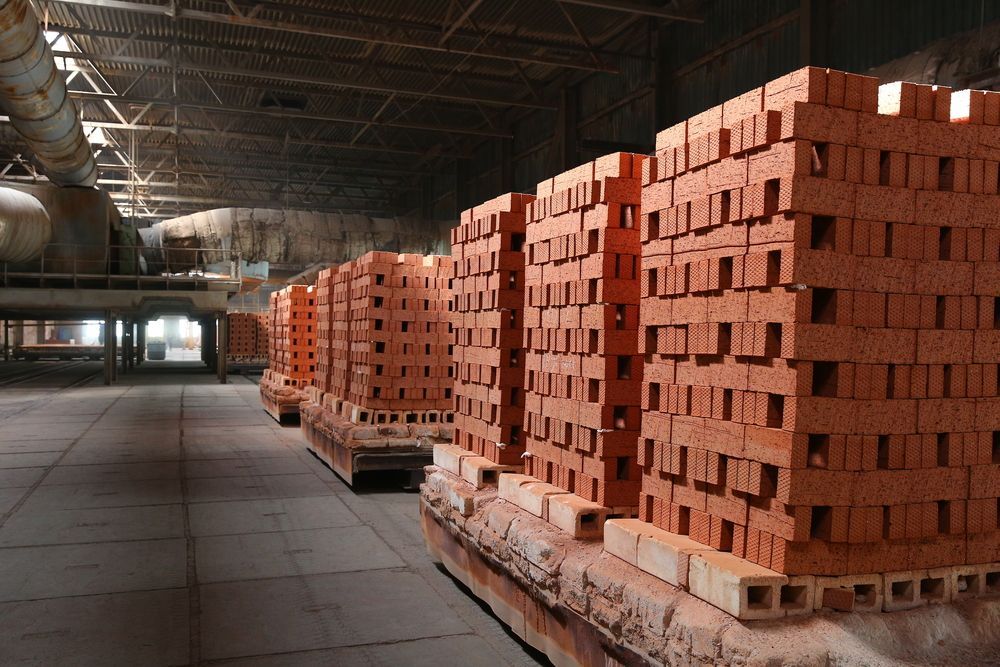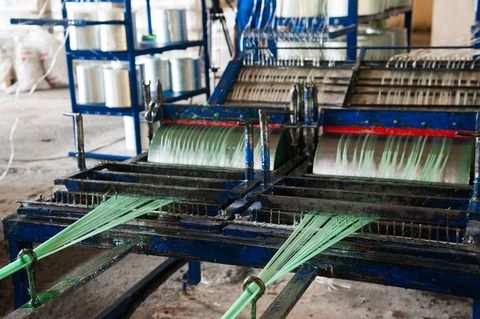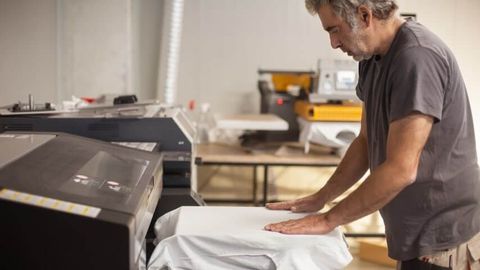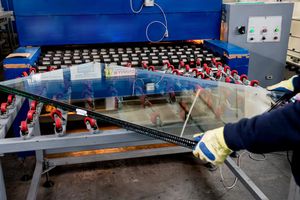Discover the Basics of Bricks Manufacturing: An Informative Guide with Tips and Insights
Bricks are among the oldest building materials used by humans. In simple terms, brick manufacturing is the process of converting raw materials (primarily clay, shale, or other earthy substances) into hardened units or blocks that can be used in construction. The process evolved over centuries—from sun-dried mud blocks in ancient times to modern kiln-fired or autoclaved products.
Bricks exist because they address key needs: structural units with compressive strength, durability, fire resistance, and uniform shape. They help convert raw earth into dependable building blocks that can be stacked, bonded with mortar, and used in walls, pavements, arches, and more.

Importance
Why bricks manufacturing is relevant today
-
Widespread construction use: Bricks remain a backbone of masonry work in homes, public buildings, infrastructure, and landscaping.
-
Local economies & jobs: Brick-making often supports many rural or semi‑urban communities, providing employment for laborers, transporters, and related services.
-
Material stability and safety: A well‑manufactured brick offers predictable strength, durability, fire resistance, and dimensional uniformity—important for safe structures.
-
Sustainability concerns: As construction expands, the environmental footprint of brick manufacture—energy use, emissions, raw material extraction—matters more.
-
Innovation & competition: New brick types (e.g., fly ash bricks, AAC blocks) and techniques respond to demand for lighter weight, insulation, and eco‑friendly solutions.
Who is affected / who benefits
-
Builders, architects, engineers rely on knowing brick quality and standards.
-
Local communities that host brick kilns or plants are affected by health, employment, and pollution.
-
Governments and regulators oversee resource use, emissions, and land allocation.
-
Suppliers of raw materials (clay, fly ash) and fuel (coal, biomass) are stakeholders too.
By producing better bricks more efficiently and with less environmental harm, manufacturers help reduce construction defects, lower resource waste, and lessen pollution.
Recent Updates and Trends (2024–2025)
Cleaner kilns, lower emissions
Operational improvements in traditional brick kilns—better stacking, combustion control, and use of biomass blends—have been shown to reduce fuel consumption and emissions significantly.
Detection & compliance via remote sensing
Satellite imagery and machine learning are increasingly being used to detect brick kilns, monitor compliance with regulations, and identify high-pollution operations.
Industry shift toward “green” bricks
Traditional clay bricks still dominate, but alternative types—fly ash bricks, AAC blocks, or blended composites—are gaining attention, especially in green-building initiatives.
Climate and weather risks disrupting production
Extreme weather events can damage raw and semi-finished bricks, highlighting the vulnerability of brick manufacturing to environmental conditions.
Stricter environmental regulation in some regions
Governments are increasingly requiring brick kilns to obtain environmental clearances, adopt cleaner fuels, and comply with emission and land-use norms.
Laws, Policies, and Regulatory Environment
Environmental and pollution control rules
-
Kilns often must get official clearances from pollution control boards.
-
Restrictions exist on certain fuels and emissions, promoting cleaner fuels and energy-efficient operations.
-
Location regulations ensure kilns are appropriately distanced from residential areas and water sources.
Labor and social laws
-
Seasonal and migratory labor is common; regulations address minimum wages, safety, and bonded labor prohibition.
Land, zoning, and mining rules
-
Clay extraction may be regulated under soil conservation or mining laws.
-
Kiln sites may need permits under zoning or municipal rules.
Tax, incentive, and policy support
-
Some governments offer incentives for cleaner brick technologies or eco-certified bricks.
-
Compliance costs can be significant for small or informal kilns.
Compliance challenges
Small or informal kilns often struggle with technology and capital needed for emission control. Operational improvements can offer partial solutions.
Tools and Resources
Brick / masonry calculators
-
Brick calculators to estimate the number of bricks required for a project.
-
Material calculators to estimate mortar and other inputs.
ROI and financial modeling tools
-
ROI calculators and spreadsheet templates help estimate returns, break-even points, and production costs.
Research and compliance tools
-
Satellite and machine learning tools for monitoring kilns.
-
Industry guidelines on kiln design, emissions control, and good practices.
Technical design references
-
Manuals on kiln types such as zigzag, vertical shaft, and tunnel kilns.
-
Engineering references for brick strength, thermal properties, and durability.
Frequently Asked Questions
What are the main types of kilns used in brick manufacturing?
Common kiln types include clamp kilns, fixed‑chimney kilns, zigzag kilns, vertical shaft kilns, and modern tunnel kilns.
How does a “zigzag kiln” improve efficiency?
A zigzag kiln directs hot air in a zigzag pattern, improving heat distribution, reducing fuel consumption, and lowering emissions.
Why is alternative material (e.g., fly ash, AAC) becoming popular?
They reduce reliance on clay, improve insulation, reduce weight, and utilize industrial by-products, helping meet sustainability goals.
How is brick quality assessed?
Key parameters include compression strength, water absorption, dimensional uniformity, resistance to freeze-thaw cycles, and color consistency.
Can traditional small kilns comply with strict emission norms?
It is challenging; modest operational improvements can help, but financial and technical support is often required.
Conclusion
Brick manufacturing combines traditional methods with modern innovation, balancing historical practice with environmental and technological demands. Understanding materials, processes, quality standards, and emerging trends is crucial for stakeholders—from engineers to communities. Sustainability, cleaner production, and regulatory compliance are shaping the future of brick manufacturing, ensuring that it remains a reliable, safe, and environmentally conscious industry.





